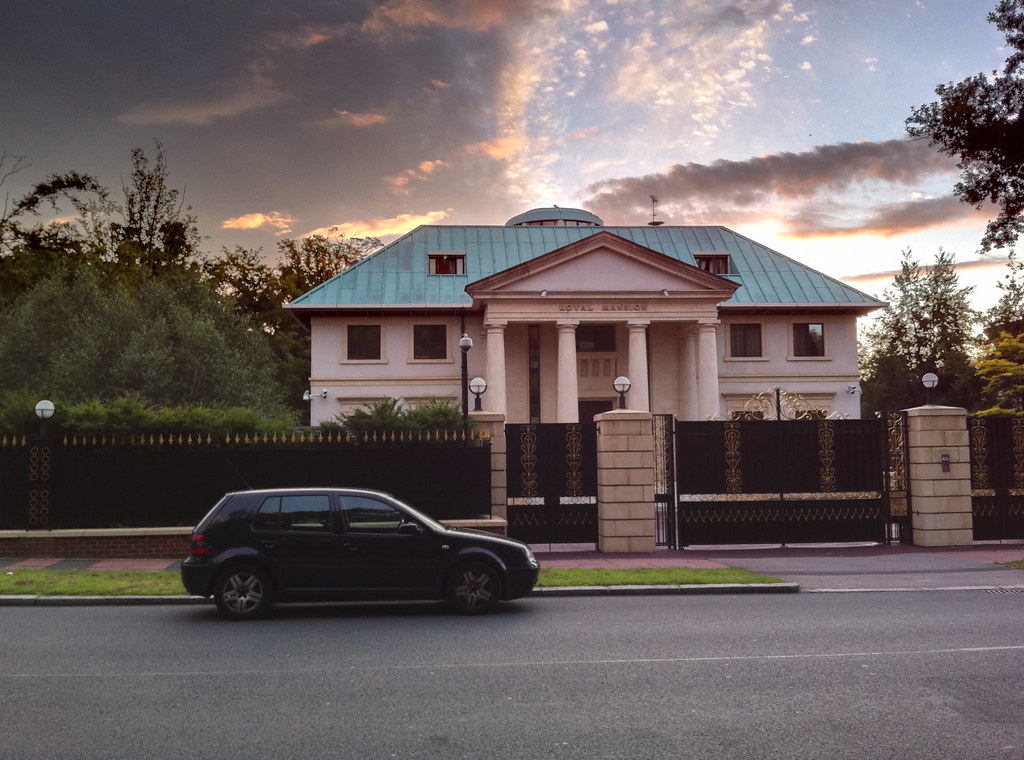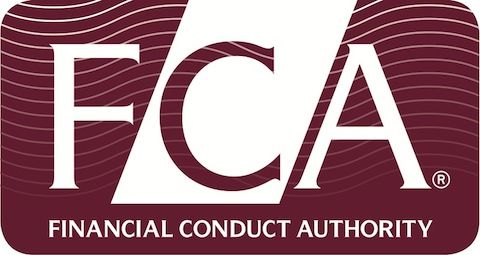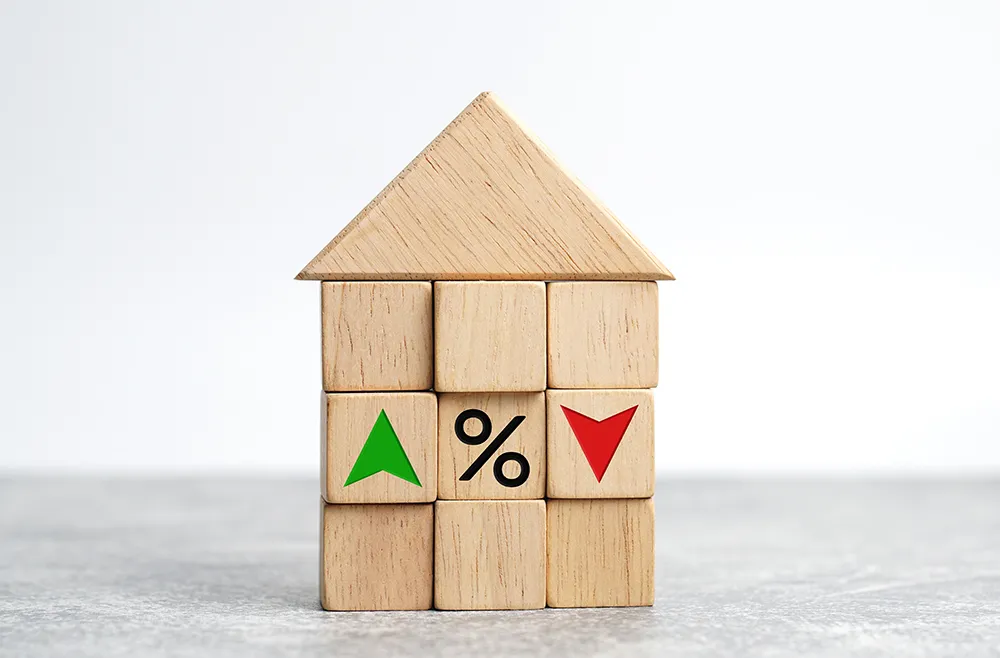
New buyer registrations and new lettings instructions in prime central London lifted this month, highlighting the return of interest in the higher end of the capital’s housing market, data from Knight Frank shows.
The number of new prospective buyers registering in the first three weeks of the year was 6% higher than in 2020, during the so-called ‘Boris Bounce’ that followed the December 2019 general election, says the estate agent’s Prime London January residential sales and lettings reports.
It adds that the only time more new buyers have registered in the equivalent period over the last decade was in 2022.
The number of new sales instructions in the third week of the year was the highest figure for a single week in January for a decade.
Average prices in prime central London were flat in January, producing an annual increase of 1.2%. In prime outer London, average prices were down by 0.1% from December, resulting in annual growth of 3.6% in the year to January.
For lettings, the number of new instructions was 10% higher in the first three weeks of the month than in the equivalent period last year.
Average rental values in prime central London are 24% higher than their pre-pandemic levels. The equivalent rise in prime outer London is 22%, “underlining the extent of the increase some tenants have faced”, the study adds.
The number of new prospective tenants registering in the final quarter of 2022 was 30% above the five-year average.
The data follows former Chancellor Kwasi Kwarteng’s tax-cutting September mini-Budget which accelerated already rising mortgage rates. Action taken by current Chancellor Jeremy Hunt in October and in the November Autumn Statement calmed markets, although home loans remain elevated.
Knight Frank head of UK residential research Tom Bill says: “It must be said, the London property market has started the year better than expected.
“Following September’s mini-Budget, a spike in mortgage rates led to some dire warnings about the fate of the residential property market.
“However, the third week of 2023 saw the fourth highest number of offers accepted in London during a single week in January in ten years.
And it is not just a case of buyers keen to act because they are sitting on reasonably-priced mortgages that pre-date September. Their numbers are dwindling fast.”
Bill points out: “On the supply side, the number of new sales instructions in the third week of the year was the highest figure for a single week in January for a decade. A double-digit price fall does not exactly feel imminent.
“Caveats remain, including the fact the property market shut down early for Christmas due to the mini-Budget. Could this be a short-lived bounce-back? Will more debt-reliant mainstream markets outside of the capital perform in a similar manner?
“The resilience of prices and sales volumes will be put to the test in the spring when larger numbers of transactions take place and by which time virtually no five-year fixed-rate mortgages below 4% will remain in circulation.
“So far, the evidence is that buyers and sellers have accepted the fact higher mortgage rates are here to stay, and that the Bank of England is now the primary cause, not Kwarteng or [former Prime Minister] Liz Truss.”
He adds: “The key question is — if buyer budgets are adjusting downwards, how far will house prices mirror the decline?
“The answer is still unclear, but price growth in the prime London market was relatively subdued by its own standards during the pandemic, which is also driving activity.
“Prices in prime central London are 1% below their March 2020 level while in prime outer London, they are 5% higher.
“Compare that to the Nationwide UK index, which grew 20% between March 2020 and December 2022.”
The estate agent forecasts “a decline of a few percentage points this year” in prime central London and prime outer London “as the reality of higher mortgage rates bites”.
Bill adds: “It would be surprising if prices fell by more than currently forecast. If they were flat or rose slightly, it would be less of a shock.”
Regarding lettings, Bill points out that supply is beginning to rise in the prime London market.
He says: “The supply of lettings property in prime London postcodes is finally increasing. Not to the point that it has become a tenant’s market, but more balanced conditions are returning.
“Rising mortgage rates and the accompanying downward pressure on prices means more owners are weighing up their options, which include letting out their property.”
Bill adds: “As supply picks up, more tenants are exploring their options rather than renewing their tenancy agreement, particularly when it involves a rent increase. That, in turn, will increase supply further.
“Average rental values in prime central London are 24% higher than their pre-pandemic levels. The equivalent rise in prime outer London is 22%, underlining the extent of the increase some tenants have faced.
“Despite the growth, demand remains as strong as ever. The number of new prospective tenants registering the final quarter of 2022 was 30% above the five-year average.”
He says: “So, while we expect upward pressure on rents to relent as supply picks up from a low base, rental value growth won’t go into reverse, as we analyse in our latest forecast.
“The fact the sales market in prime London postcodes has begun the year more strongly than expected may also reduce downward pressure on rents by keeping the supply of new rental property in check.”
The estate agent points out that average rental values in prime central London increased by 18.5% in the year to January, while the rise in prime outer London was 16.4%.
It says: “As a result of fast-rising rents and slow-rising prices, average gross yields have increased.
“The figure was 3.8% across both prime central London and prime outer London in January. It was the highest yield in prime central London for 14 years and a nine-year high in prime outer London.”



